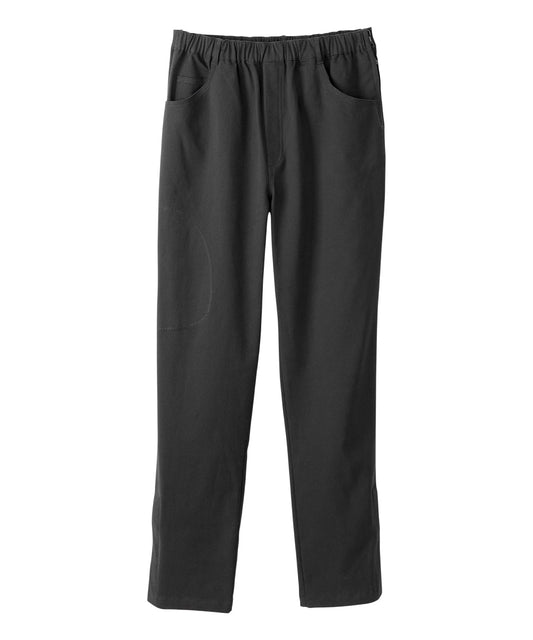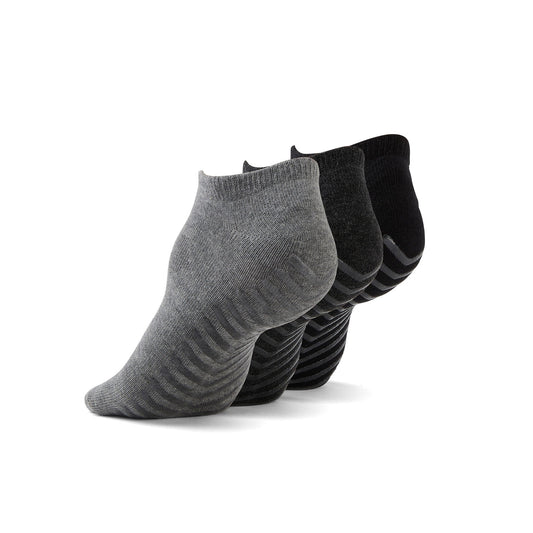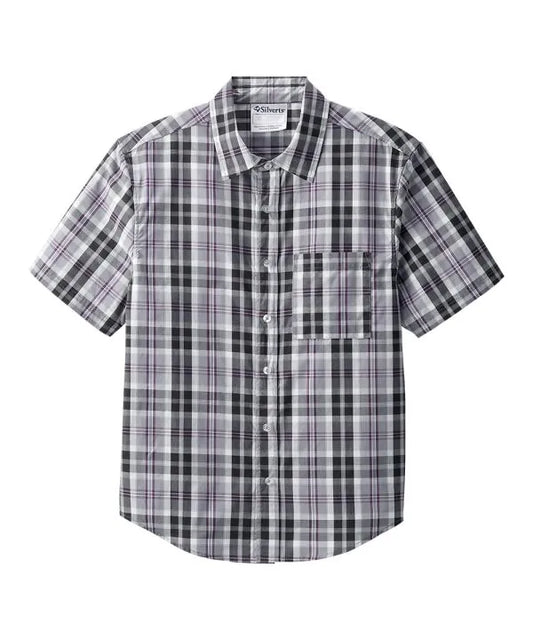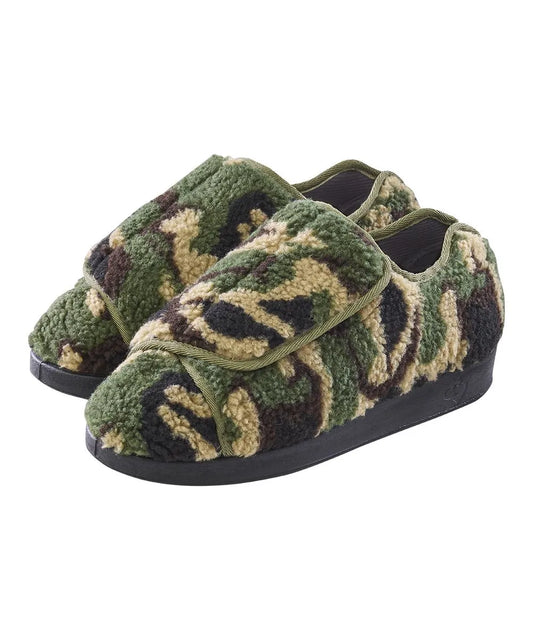Written by Tahiya Prottasha
Edited by Danishy Kuganesan
Amputation can be a life-altering event, but with the rapid advancements in technology and innovation, amputees are now able to live more independent and fulfilling lives. Assistive technologies and prosthetic devices are revolutionizing the way amputees interact with the world, empowering them to overcome challenges and achieve their goals.
What are some assistive technologies that can help amputees with daily living tasks?
Assistive technologies play a crucial role in enabling amputees to perform daily living tasks with ease and independence. These technologies are designed to adapt to each individual's specific needs, providing support and functionality where it's needed most.
Here are some examples of assistive technologies that can benefit amputees:
-
Adaptive Utensils: Specially designed utensils with ergonomic handles and grips can make eating and drinking easier for amputees. These utensils often feature adaptations like built-in stabilizers or angled handles to accommodate different grip strengths and hand positions.
-
Dressing Aids: Dressing can be a challenging task for amputees, but assistive devices like button hooks, zipper pulls, and sock aids can make the process more manageable. These tools are designed to help individuals with limited hand function or dexterity dress themselves independently.
-
Environmental Controls: Environmental control systems allow amputees to operate various devices and appliances in their homes using voice commands, switches, or other accessible input methods. This technology can be particularly helpful for individuals with limited mobility or upper limb amputations.
-
Communication Devices: Augmentative and alternative communication (AAC) devices enable amputees with speech impairments to communicate effectively. These devices can range from simple picture boards to sophisticated voice synthesizers, allowing users to express themselves and interact with others.
-
Assistive Bathroom Equipment: Products like grab bars, raised toilet seats, and shower chairs can enhance safety and independence in the bathroom for amputees. These devices provide stability and support, reducing the risk of falls and accidents.
Men's Sherpa Lined Jacket with Magnetic Buttons
Adaptive Clothing: Clothing designed specifically for amputees can be more comfortable and functional. Features like magnetic closures, easy-to-adjust waistbands, and hidden pockets can make dressing easier and more convenient. Here are some examples of adaptive clothing companies:
-
June Adaptive offers a variety of stylish and functional clothing options for amputees, including:
-
Men's Sherpa-Lined Jacket with Magnetic Closures: This warm and comfortable jacket features magnetic closures that make dressing easier for individuals with limited dexterity.
-
Women's 3/4 Length Cardigan: This versatile cardigan features a longer length that can help cover prosthetic limbs and make dressing more comfortable.
-
Women's Knit Maxi Dress: This stylish and comfortable dress is designed for ease of dressing and features a flattering silhouette that works well for amputees.
How can prosthetics improve mobility and function?
Prosthetics have come a long way, and modern prosthetic devices are increasingly sophisticated and functional. These devices are designed to restore mobility, improve balance, and enhance the overall quality of life for amputees.
Here's how prosthetics can improve mobility and function:
-
Enhanced Mobility: Advanced prosthetic limbs, such as myoelectric prosthetics, utilize sensors to detect muscle signals and translate them into controlled movements. This technology allows amputees to perform a wide range of activities, including walking, running, and even playing sports.
-
Improved Balance and Stability: Prosthetics can be equipped with sensors and advanced control systems that help maintain balance and stability, especially on uneven surfaces or during dynamic movements. This can significantly reduce the risk of falls and accidents.
-
Increased Dexterity and Precision: Modern prosthetic hands and arms are capable of intricate movements, allowing amputees to perform tasks that require fine motor skills, such as typing, writing, and using tools.
-
Enhanced Comfort and Fit: Prosthetic devices are customized to fit each individual's unique needs and preferences. Advances in materials and manufacturing techniques have led to more comfortable and durable prosthetics that can be worn for extended periods.
What are the latest advancements in prosthetic technology?
The field of prosthetic technology is constantly evolving, with innovations emerging that promise to further enhance the lives of amputees. Here are some of the latest advancements in this exciting field:
-
Bionic Limbs: Bionic limbs are cutting-edge prosthetic devices that mimic the natural function of human limbs. These devices are equipped with advanced sensors, actuators, and control systems that enable precise and intuitive movements.
-
Brain-Controlled Prosthetics: Researchers are developing brain-controlled prosthetics that allow amputees to control their devices using thought alone. This technology has the potential to revolutionize the field of prosthetics, offering unprecedented levels of control and functionality.
-
3D-Printed Prosthetics: 3D printing technology is enabling the creation of customized prosthetics that are tailored to the specific needs and anatomy of each individual. This technology allows for faster and more affordable production of prosthetics, making them more accessible to a wider range of amputees.
-
Soft Robotics: Soft robotic prosthetics are made from flexible materials that can conform to the shape of the body, providing a more natural and comfortable fit. These prosthetics are also more durable and resistant to damage, making them ideal for everyday use.
How can amputees access affordable assistive technology?
Access to affordable assistive technology is crucial for amputees to live independently and participate fully in society. Several resources and initiatives are available to help amputees obtain the devices and support they need:
-
Government Programs: Many countries have government programs that provide financial assistance for assistive technology and prosthetic devices. These programs may cover a portion of the cost or provide full funding, depending on individual eligibility criteria.
-
Insurance Coverage: Some insurance plans cover the cost of assistive technology and prosthetics, but coverage may vary depending on the specific plan and provider. It's important to check with your insurance provider to understand your coverage options.
-
Charitable Organizations: Numerous charitable organizations specialize in providing assistive technology and prosthetic devices to amputees in need. These organizations often offer financial assistance, equipment donations, and rehabilitation services.
-
Technology Grants and Scholarships: Several organizations offer grants and scholarships to help amputees access assistive technology and pursue education and training opportunities. These programs can provide financial support for purchasing devices, attending conferences, or participating in research projects.
Additional Considerations for Amputees
-
Psychological Support: Amputation can have a significant emotional impact, and seeking psychological support can be beneficial for coping with the challenges of adjustment and adapting to a new lifestyle.
-
Physical Therapy: Physical therapy can help amputees develop strength, balance, and coordination, as well as teach them how to use their prosthetics effectively.
-
Occupational Therapy: Occupational therapists can assist amputees in learning new skills and adapting their environment to maximize independence.
-
Support Groups: Connecting with other amputees through support groups can provide valuable emotional support, advice, and encouragement.
Technology and innovation are empowering amputees to lead more independent and fulfilling lives. Assistive technologies and prosthetic devices are breaking down barriers, enabling amputees to overcome challenges and achieve their goals. By staying informed about the latest advancements and exploring available resources, amputees can take control of their lives and embrace a future filled with possibilities.
Explore the wealth of Disability Grants & Free resources in the US and Canada! Join our email list below for a free guide delivered to your inbox. Sign up now and empower your journey!


















